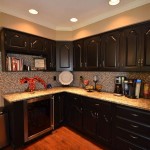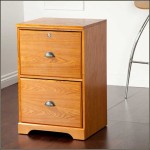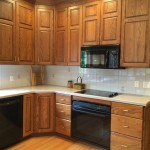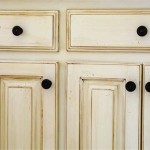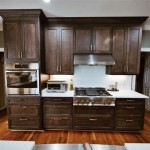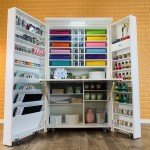How to Adjust Blum Self-Closing Cabinet Hinges
Blum self-closing cabinet hinges are renowned for their smooth operation and reliable performance. However, over time, these hinges might require adjustment to maintain optimal functionality. This article will guide you through the process of adjusting Blum self-closing cabinet hinges to ensure your doors close smoothly and securely.
Identifying the Adjustment Points
Blum self-closing hinges feature adjustment points designed for fine-tuning the door's position and closing mechanism. These adjustments can be made using a small hex wrench or screwdriver, typically a 4 mm size. Locate the following adjustment points on your hinges:
- Side Adjustment Screw: This screw is located on the side of the hinge cup and controls the door's side-to-side alignment. Turning the screw clockwise moves the door closer to the hinge, while turning it counterclockwise moves the door away.
- Depth Adjustment Screw: This screw is located on the hinge cup's front or back and controls the door's depth alignment. Turning the screw clockwise moves the door closer to the cabinet, while turning it counterclockwise moves the door further away.
- Closing Force Adjustment Screw: This screw is usually located on the hinge arm and regulates the door's closing force. Turning the screw clockwise increases the closing force, while turning it counterclockwise decreases the closing force.
It is crucial to note that the specific locations and appearances of these adjustment screws may vary slightly depending on the hinge model. Refer to the hinge manufacturer's instructions or a diagram for your specific hinge type for precise identification.
Adjusting the Door's Position
Before proceeding with any adjustments, ensure the cabinet door is fully closed. This step ensures that the door's position is accurate when making adjustments. Start by adjusting the side and depth screws to ensure proper alignment.
Side Adjustment: If the door is misaligned side-to-side, use the side adjustment screw to correct the position. Turn the screw clockwise to move the door closer to the hinge or counterclockwise to move it away. Make small adjustments, test the door's position, and repeat the process until the door is aligned properly.
Depth Adjustment: If the door is misaligned forward or backward, use the depth adjustment screw to correct the position. Turn the screw clockwise to move the door closer to the cabinet or counterclockwise to move it further away. Make gradual adjustments, test the door's position, and repeat the process until the door is aligned properly.
Once the side and depth adjustments are made, ensure the door sits flush with the cabinet frame and closes smoothly without any resistance.
Adjusting the Closing Force
The closing force adjustment screw is designed to fine-tune the door's closing speed and impact. With the door closed, locate the closing force adjustment screw on the hinge arm. To increase the closing force, turn the screw clockwise. To decrease the closing force, turn the screw counterclockwise.
Make small adjustments and test the door's closing force after each adjustment. Continue adjusting until you achieve the desired closing speed and impact. It's important to note that excessive closing force can damage the hinge or cabinet, so avoid overtightening the screw.
Troubleshooting Common Issues
If your Blum self-closing hinges continue to malfunction despite adjustments, consider the following troubleshooting steps:
- Check for Obstacles: Ensure there are no obstacles interfering with the door's movement, such as loose objects in the cabinet or obstructions on the cabinet frame.
- Inspect Hinge Components: Examine the hinge cup, hinge arm, and connecting screws for signs of wear, damage, or looseness. Replace any defective components as necessary.
- Verify Hinge Compatibility: Confirm that the hinges are compatible with the cabinet drawer and doors. Incorrect hinge types can lead to improper functionality.
- Contact Blum Support: If you've exhausted other troubleshooting steps, contact Blum's customer support for assistance. They can provide expert advice and guidance for specific hinge models and issues.
By following these steps, you can effectively adjust Blum self-closing cabinet hinges to ensure smooth and reliable door operation. Remember to make small adjustments, test the door's functionality after each adjustment, and consult the manufacturer's instructions for specific hinge details. With proper care and attention, your Blum hinges will provide years of dependable service.

Soft Close Blum Door Hinges What Does This Tiny On Do

Blum Compact Blumotion Hinge Adjustment

How To Adjust Blum Hinges Align Cabinet Doors Cabinetdoors Com

How To Adjust Blum Hinges Clip Top

Kitchen Cabinet Hinge Adjustment A Step By Guide Tkdc

How To Install Blum Clip Top Blumotion Soft Close 110 Degree Self Closing Face Frame Hinge

How To Adjust Kitchen Cabinet Door Hinges Blum

Tec Soft Close Adjustment

Adjustable Soft Close Hinges

How To Adjust 3 Hinges Align Cabinet Doors
Related Posts

